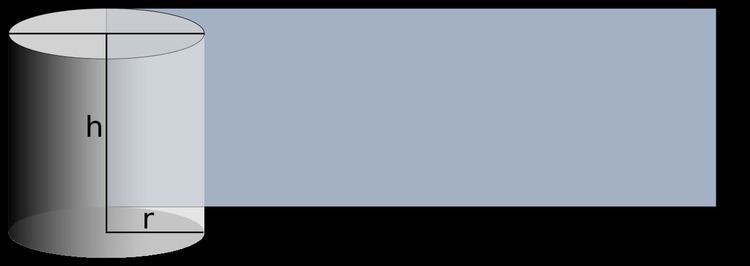 | ||
In mathematics, a developable surface (or torse: archaic) is a surface with zero Gaussian curvature. That is, it is a surface that can be flattened onto a plane without distortion (i.e. "stretching" or "compressing"). Conversely, it is a surface which can be made by transforming a plane (i.e. "folding", "bending", "rolling", "cutting" and/or "gluing"). In three dimensions all developable surfaces are ruled surfaces (but not vice versa). There are developable surfaces in R4 which are not ruled.
Contents
Particulars
The developable surfaces which can be realized in three-dimensional space include:
Formally, in mathematics, a developable surface is a surface with zero Gaussian curvature. One consequence of this is that all "developable" surfaces embedded in 3D-space are ruled surfaces (though hyperboloids are examples of ruled surfaces which are not developable). Because of this, many developable surfaces can be visualised as the surface formed by moving a straight line in space. For example, a cone is formed by keeping one end-point of a line fixed whilst moving the other end-point in a circle.
Application
Developable surfaces have several practical applications. Many cartographic projections involve projecting the Earth to a developable surface and then "unrolling" the surface into a region on the plane. Since they may be constructed by bending a flat sheet, they are also important in manufacturing objects from sheet metal, cardboard, and plywood. An industry which uses developed surfaces extensively is shipbuilding.
Non-developable surface
Most smooth surfaces (and most surfaces in general) are not developable surfaces. Non-developable surfaces are variously referred to as having "double curvature", "doubly curved", "compound curvature", "non-zero Gaussian curvature", etc.
Some of the most often-used non-developable surfaces are:
Applications of non-developable surfaces
Many gridshells and tensile structures and similar constructions gain strength by using (any) doubly curved form.
